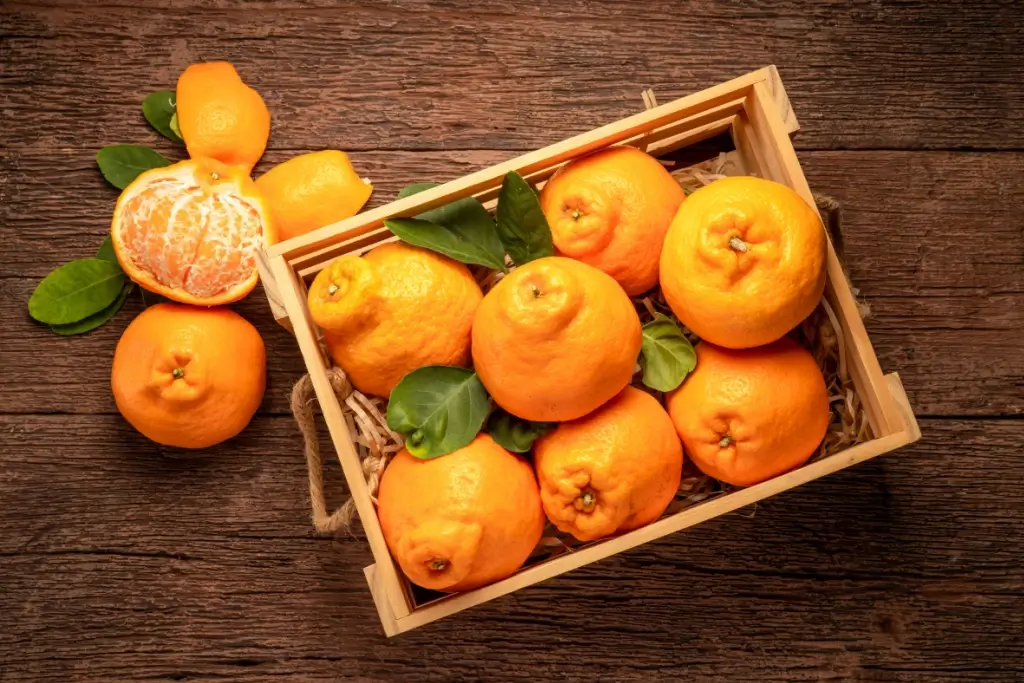Japan is home to some of the world’s most unique and rare fruits. From dekopon to these fruits, they offer unique flavors! Local farmers grow each fruit with care and regional pride. Let’s explore some of Japan’s rarest fruits, their origins, and how locals enjoy them in their cuisine! Whether you’re a food enthusiast or simply curious, these fruits are a fascinating part of Japan’s culinary story.
Table of Contents
ToggleDekopon
Farmers cultivate Dekopon, a citrus fruit many call the king of mandarins. The fruit boasts an oversized, bumpy exterior with a signature knob at the top. Growers primarily produce Dekopon in Kumamoto Prefecture and other parts of southern Japan, where the warm climate nurtures its exceptional development. Dekopon are available in late winter and early spring, making them a seasonal favorite. Their carefully cultivated sweetness and juiciness set them apart from other citrus fruits.
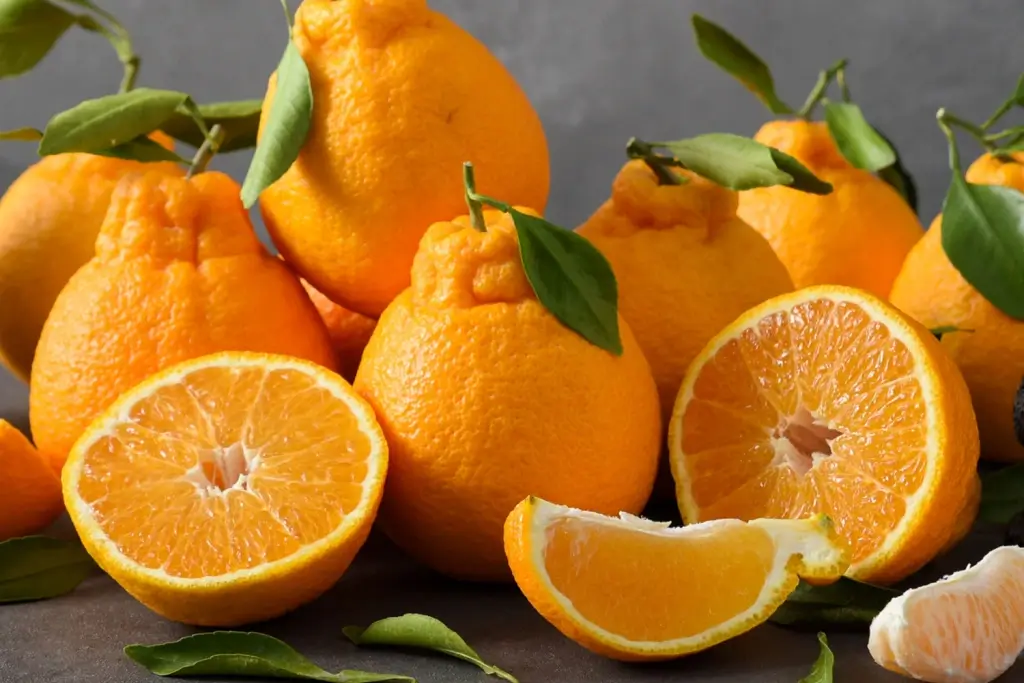
People usually enjoy these fruits fresh, peeled, and eaten as a snack. Because they are naturally seedless, they are easy to share and perfect for mess-free eating. Chefs also use dekopon juice to flavor desserts, drinks, and sauces. Their zest adds an aromatic twist to baked goods, while slices can usually be added to fruit salads. Dekopon can even made into premium jams and preserves!
Akebi
Akebi is a rare fruit native to Japan’s Tohoku region, particularly in Yamagata and Iwate Prefectures. With its vibrant purple skin and elongated shape, it’s hard not to recognize this fruit. When ripe, akebi splits open to reveal translucent pulp with small black seeds. Its flavor is delicately sweet with a hint of floral notes. This fruit can only be enjoyed during a short harvest season in early autumn.
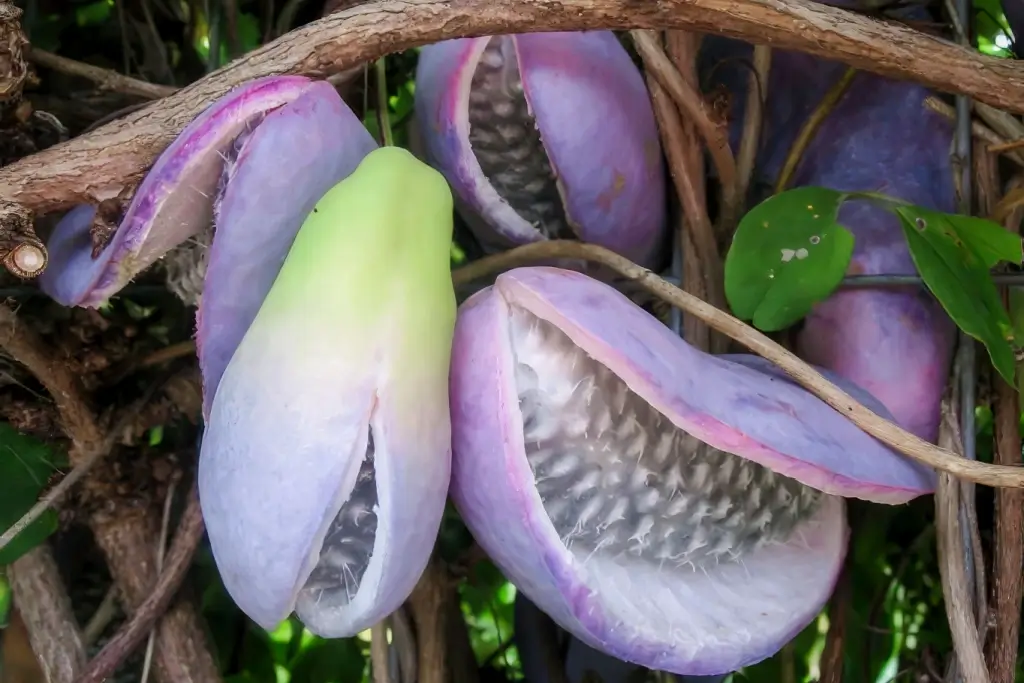
Locals enjoy Akebi’s jelly-like pulp raw, scooping it straight from the fruit with a spoon. Cooks stuff the fruit’s slightly bitter outer shell, preparing it as a vegetable dish in regional Japanese cuisine. They also use akebi in tempura, stir-fries, and soups. While people do not typically eat the seeds, some roast them to create aromatic teas or oils.
Hyuganatsu
Hyuganatsu is a citrus fruit with a bright yellow peel from Miyazaki in Kyushu. It resembles a small grapefruit and has a milder, sweeter taste. This fruit is typically available in spring and early summer. Hyuganatsu is unique because its soft, white inner peel is edible and adds a pleasant texture to the fruit. Its refreshing flavor makes it popular for those seeking a gentle citrus kick.
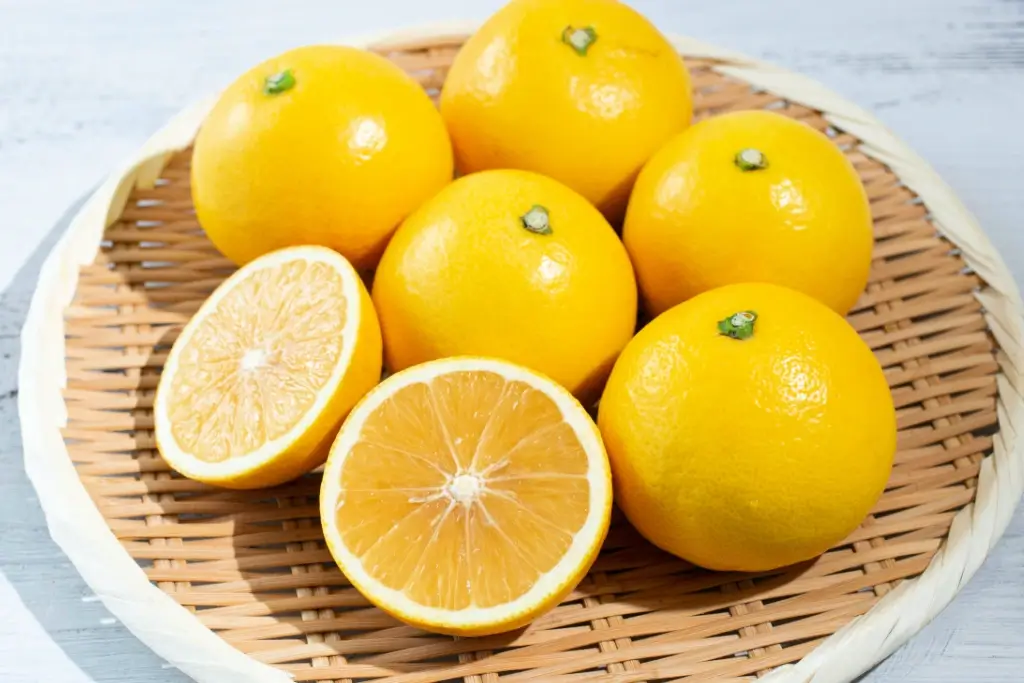
Hyuganatsu is enjoyed fresh, with the white peel left intact to complement the juicy segments. It’s a favorite ingredient in salads, adding a sweet and tangy note. Chefs also use its mild citrus flavor in desserts like sorbets, cakes, and jellies. Bartenders and chefs transform Hyuganatsu juice into syrups for cocktails and refreshing summer drinks. Cooks sometimes pair the fruit with seafood in regional Japanese cuisine to enhance its natural sweetness.
Are you looking for great snacks this year? Check out Sakuraco! Sakuraco delivers traditional Japanese snacks, teas, and sweets from local Japanese makers directly to your door so you can enjoy the latest treats directly from Japan!
Ichijiku
Ichijiku, or Japanese fig, has been enjoyed for centuries in Japan. It thrives in warmer areas like Wakayama and Aichi Prefectures in late summer and early autumn. The fruit has a soft, velvety skin that ranges from pale green to purple, depending on the variety. Inside, its rich, honey-colored flesh is dotted with tiny seeds. The ichijiku’s sweetness and aroma make it a favorite seasonal delicacy.
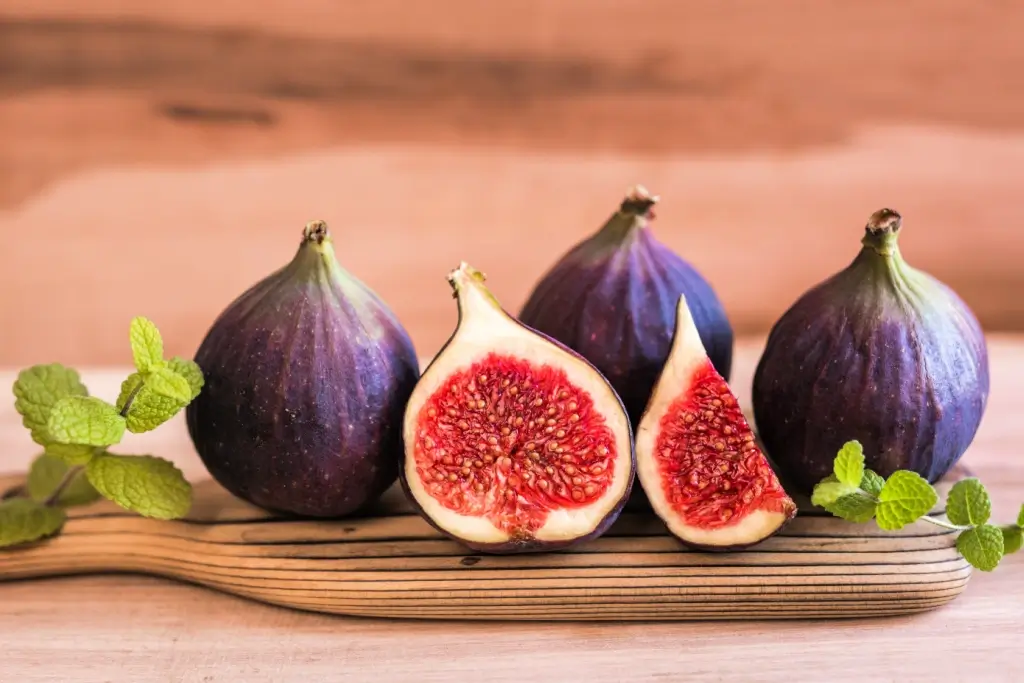
Chefs and home cooks find ichijiku incredibly useful in Japanese cooking. People often eat the figs fresh as a dessert fruit or pair them with cheese for a snack. Cooks use figs to create jams, sauces, and fillings for traditional pastries. They also feature ichijiku in salads, where the fruit’s sweetness balances savory flavors. In some regions, cooks simmer ichijiku with spices or wine to make a delectable topping for cakes and ice cream.
Shikuwasa
Shikuwasa is a small, green citrus fruit native to Okinawa and the Amami Islands. Known for its intense tartness, this fruit resembles a lime but has a more complex flavor profile. Farmers harvest shikuwasa annually in Okinawa’s subtropical climate. People often call it the “longevity fruit” because it packs powerful antioxidants that contribute to Okinawa’s reputation for health and longevity.
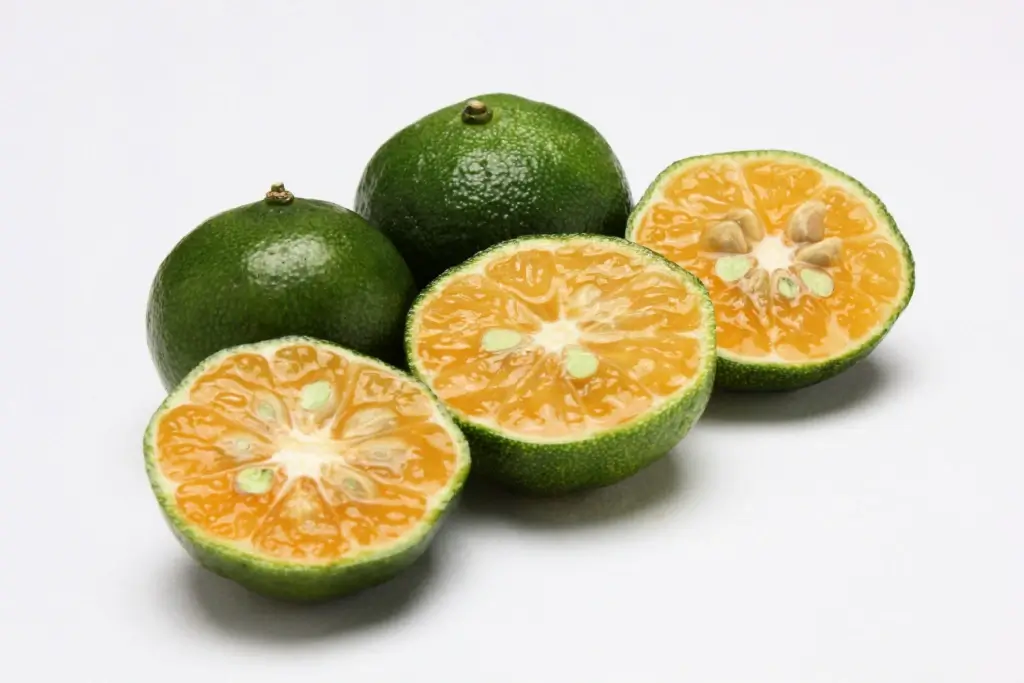
In Okinawan cuisine, shikuwasa is used as a condiment, squeezed over grilled fish, sashimi, or fried dishes to enhance flavor. Its juice is a popular ingredient in refreshing drinks and cocktails, bringing a tangy brightness. Shikuwasa peels are also used to make candied snacks and marmalades. In desserts, its tartness complements sweet ingredients like honey or chocolate. The fruit’s zest adds a fragrant kick to marinades and sauces.
Why should I try rare fruits like Dekopon?
People try rare fruits like dekopon because each of these fruits represents Japan’s dedication to quality and cultivation. Their unique flavors, like the floral notes of akebi or the tangy zest of shikuwasa, can’t be found in everyday produce. Trying these fruits allows you to expand your palate and enjoy the diversity of nature’s offerings.
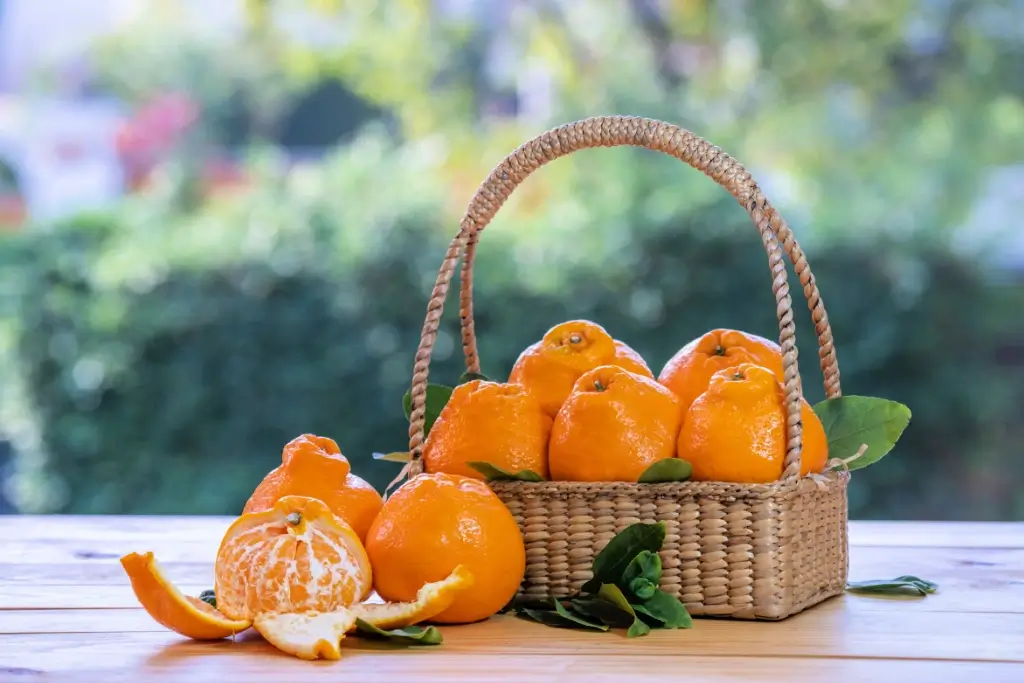
Rare fruits also bring unique health benefits and culinary possibilities. Many of these fruits, such as shikuwasa, are rich in antioxidants, vitamins, and nutrients. They can inspire creativity in the kitchen, from new desserts to fusion dishes. Exploring these fruits is a chance to connect with the regions they come from and experience the regional flavors. If you’re looking for something new, rare Japanese fruits are a must! Have you ever tried one of Japan’s rare fruits? Which one did you like the best? Let us know in the comments below!

